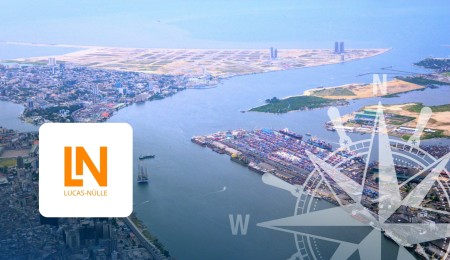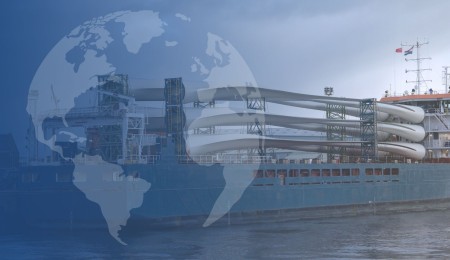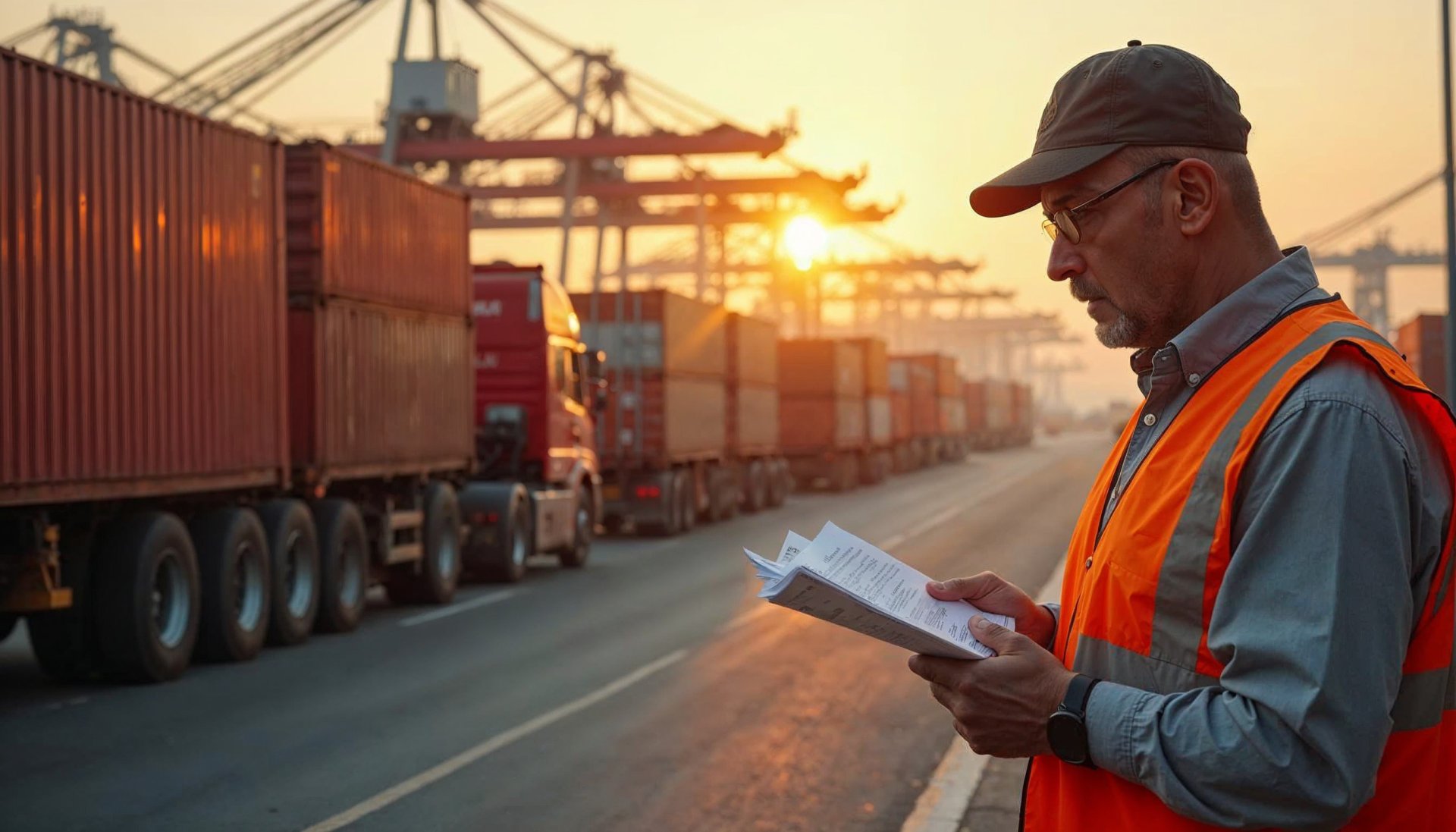
A wind turbine, two transport routes and a mountain of permits
Germany, famous and notorious for its bureaucracy, also lives up to this reputation when it comes to transporting wind turbines. Let's take the transport of a modern wind turbine. At least 15 heavy transports are required for the main components alone - tower segments, rotor blades and nacelle. The weight of a wind turbine is distributed across various heavy-duty trucks. A separate permit is required for each transport. Pretty complex. And that's just the beginning.
A successful wind turbine transport is planned long before the first heavy transport. The preparation phase alone often takes several months.
During this time, every meter of the route must be analyzed:
- Where are critical bottlenecks?
- Which bridges must be crossed?
- Are road widenings necessary?
- Do temporary access roads need to be created?
- Which accompanying vehicles are required?
Only when these questions have been clarified does the actual application process begin. Experience shows that the more thorough the work beforehand, the smoother the approval process.
Successful transport planning is based on the precise interaction of various factors. A decisive factor here: digital route planning systems that identify potential obstacles at an early stage.
The route is based on various factors - the direct route is not always the best choice.
A longer route with fewer bottlenecks can be more economical than a short route with high hurdles. The direct route via the motorway sounds good at first, but it has its pitfalls, such as months of approval procedures - what else?
Would you prefer a combination of seagoing vessel and inland vessel instead? That at least simplifies the approval process, but not every wind farm is close to a port.
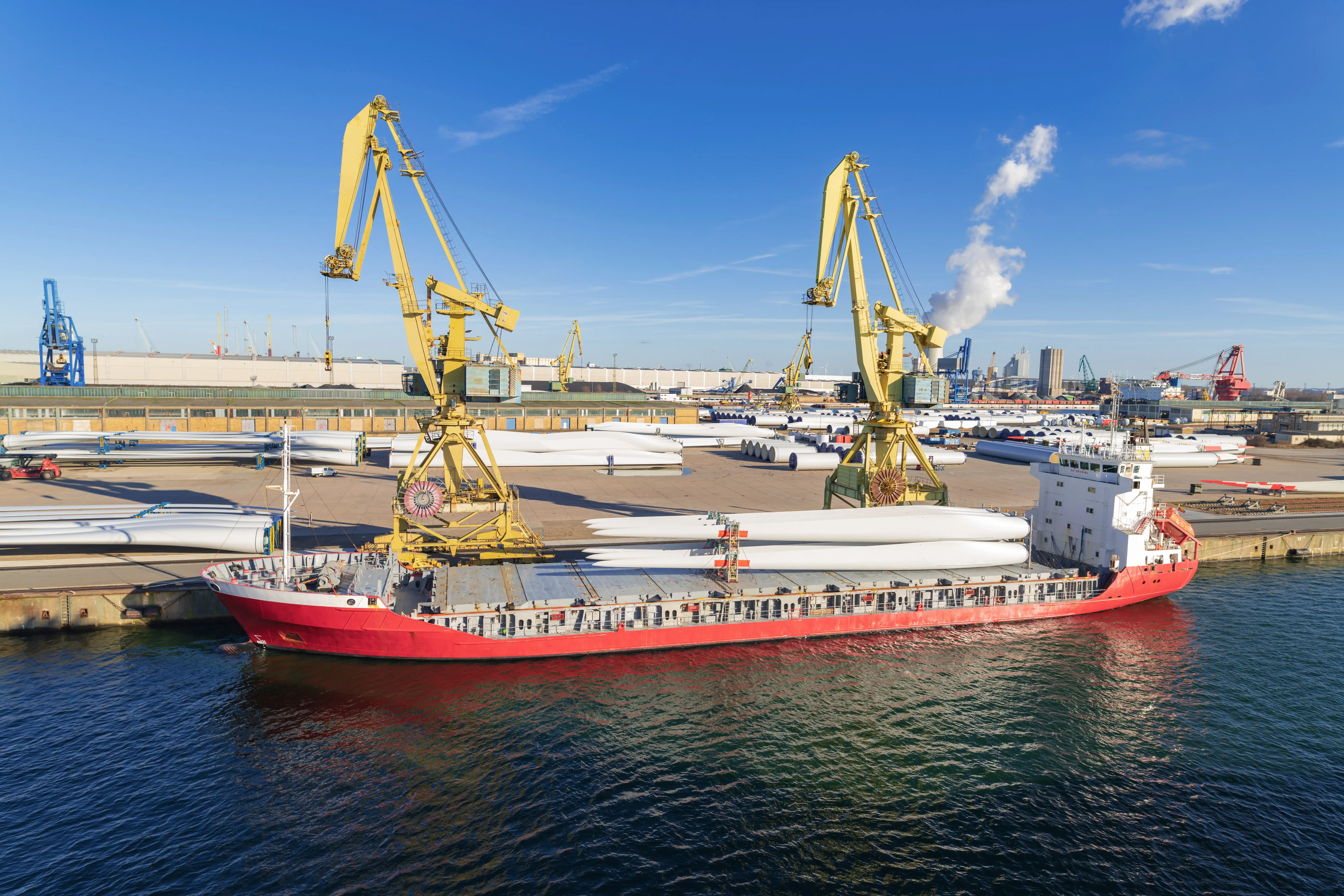
From Germany to the other side of the world: Brazil in focus
The approval process for heavy transport has become significantly more complicated over the years. While in the past a simple notification was often sufficient, today structural engineers, transport authorities and even water management authorities check every transport.
The route of a wind turbine to the country on Sugarloaf Mountain shows what logistics really means. What sounds like simple transport planning to outsiders turns out to be precise cooperation between authorities on two continents.
A challenge that not everyone is prepared to face - but for Transway it has long been everyday business. The route not only leads to the seaport via German roads, but also requires precise coordination with the Brazilian authorities.
This means:
- Coordination with Autobahn GmbH for the route to the German port
- Coordination with the port authorities for shipping
- Special IMDG certifications for sea transport
- Customs permits for imports into Brazil
- Transport licenses from the Brazilian authorities
- Permits for the route from the Brazilian port to the wind farm
Thanks to our long-standing partner in Brazil, we not only know the local regulations, but also the most efficient routes from the port to the wind farm locations. It makes sense to name a flat rate for the transport of wind turbines - it would not be serious.
The reason is obvious: Too many factors play a role, too many imponderables are involved - from the route to unforeseeable delays. A heavy-duty crane waiting for a delayed transport, for example, can easily cost up to 15,000 euros per day. Of course, carrying out a heavy transport without a permit is still not an option. Anyone who chooses this path must expect fines in the five-figure range.
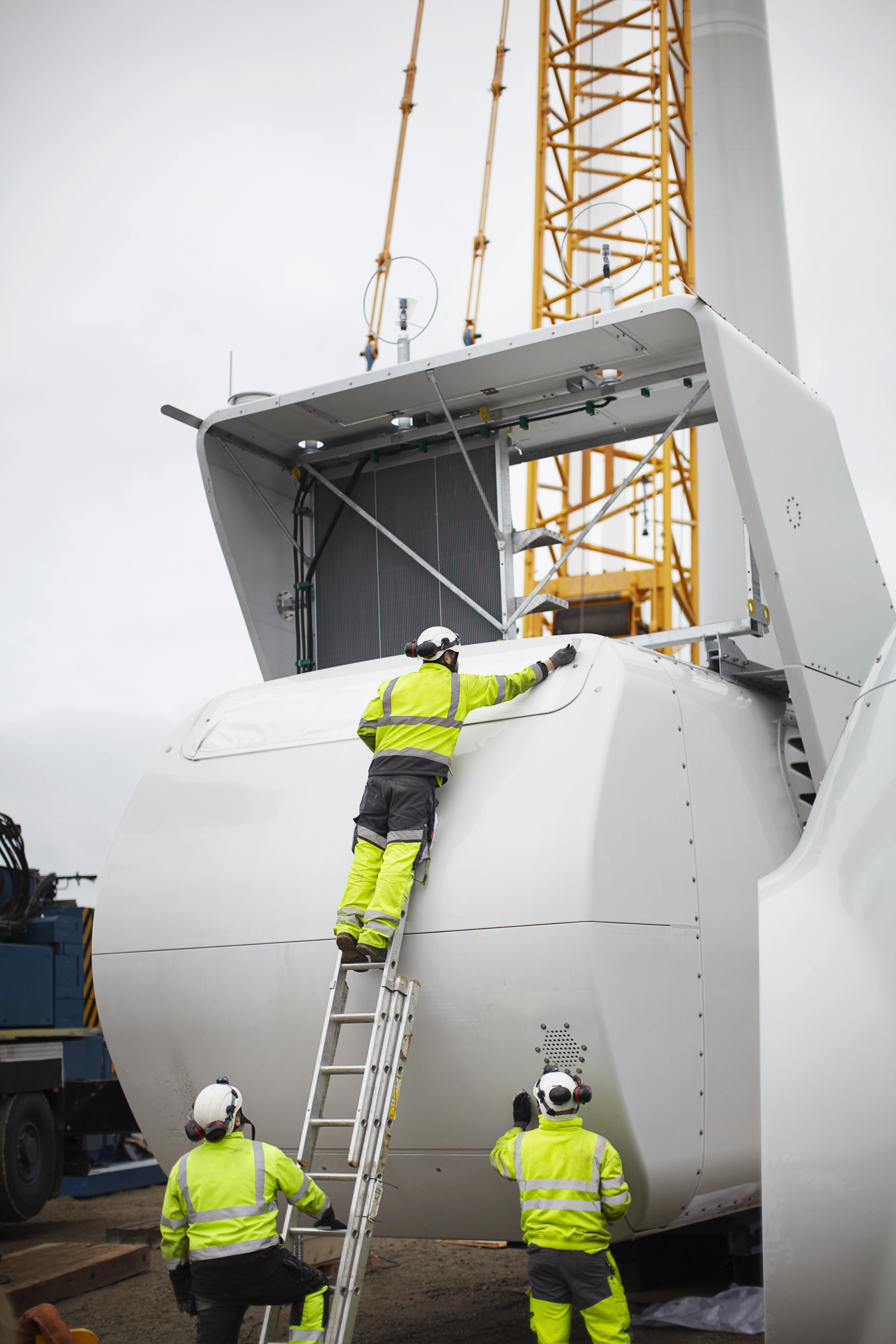
When 100 tons roll through the streets
The sheer size makes the difference: an 85-meter rotor blade becomes a daredevil during transport. But the nacelle of a modern wind turbine weighs between 20 and over 100 tons - depending on the type of system and performance class. A truly mammoth task for heavy transport.
What was still manageable in the 1980s regularly exceeds the limits of what is feasible today. The latest generations of systems are increasingly doing without gearboxes - with one clear consequence: even more massive nacelles.
But weight is only one aspect. For example, the tower segments of modern systems are transported in several parts, the length of which depends on the local conditions. Every additional meter makes maneuvering more complex. If bridges are also in the way, precision work is required in the truest sense of the word.
In addition to the length, the blade depth - i.e. the width of the rotor blades at their thickest point - also places new demands on transport. For comparison: modern rotor blades are longer than a football field and exceed the width of a conventional traffic lane at their roots.
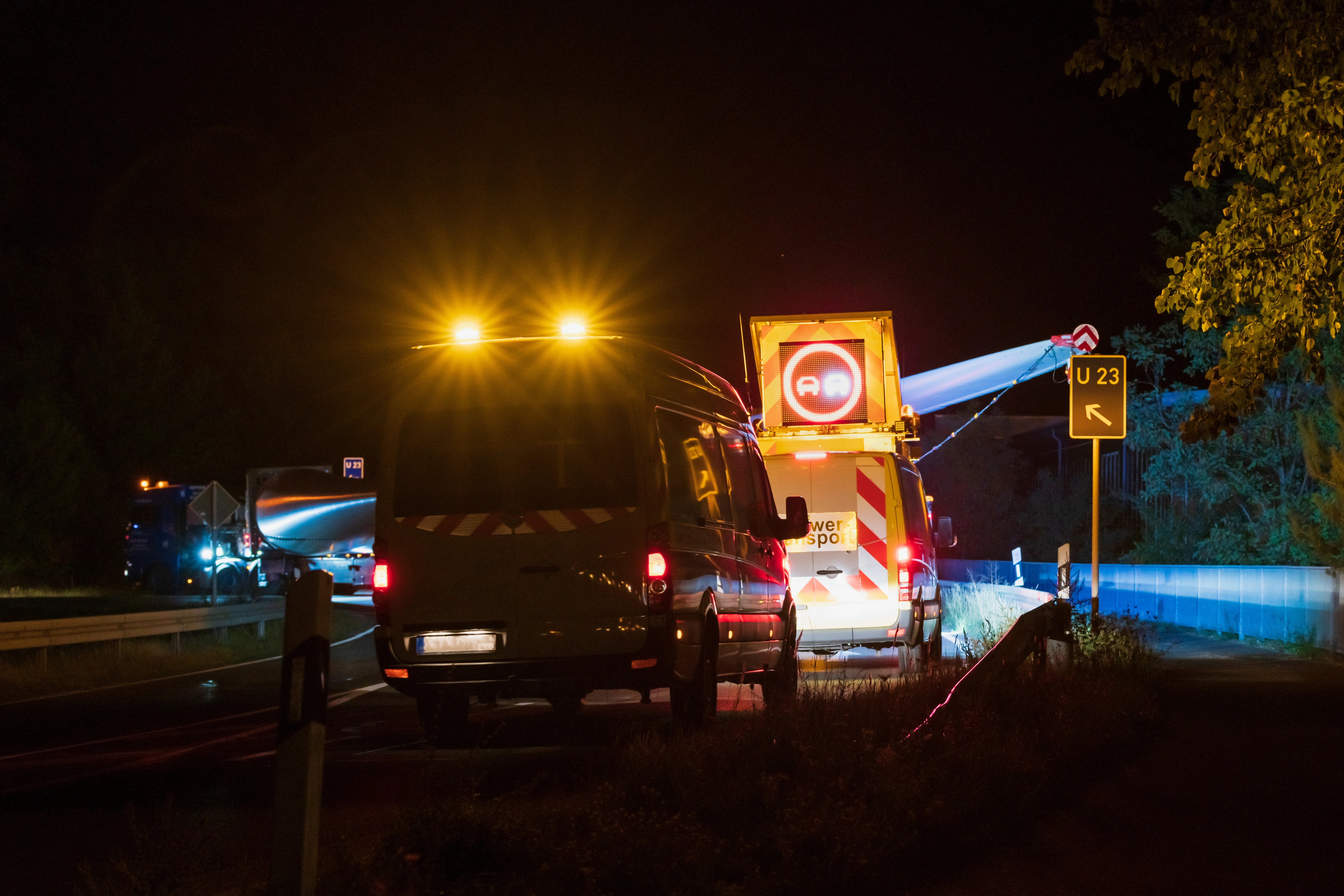
High-tech on land and at sea
When choosing the right means of transport, every detail counts. For rotor blades, we use telescopic semi-trailers that adapt to the length of the cargo. Tower segments require self-driving module transporters that enable optimal weight distribution. Special low-bed trailers are used for the heavy machine nacelle. There are also accompanying vehicles and often even a police escort.
Every transport variant has its own requirements:
-
RoRo loading (roll-on/roll-off): This special transport is ideal for transport units that are ready to drive, such as our special trucks with components already loaded. The advantage: minimal handling times in the port.
-
Break bulk: When normal containers stop working, this form of general cargo loading is the method of choice. Especially for complete wind turbines for overseas projects.
-
Flat rack container: The goods are too large for standard containers, but the stability of a container structure is still essential for safe transport? Then the decision clearly goes in the direction of flat rack containers.
New Dimensions, New Ways
Challenges and systems grow more or less in step. It is probably not a bold statement to say that the next generation of wind turbines will reach even larger dimensions. We continue to counter this with innovative transport technology and proven know-how. State-of-the-art communication systems such as DAKOSY, BHT and ATLAS enable seamless coordination with ports and customs authorities.
One aspect is becoming increasingly important: forward-looking route planning. Whether a transport goes smoothly is decided months before a single box has been loaded. With our experience from four decades of wind turbine transport, we recognize potential obstacles early on and always have alternative routes in mind.
A wind turbine only starts turning for the energy transition when it has safely arrived at its destination. With four decades of experience under its belt, Transway ensures that technical perfection becomes real energy.




